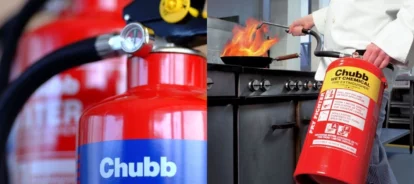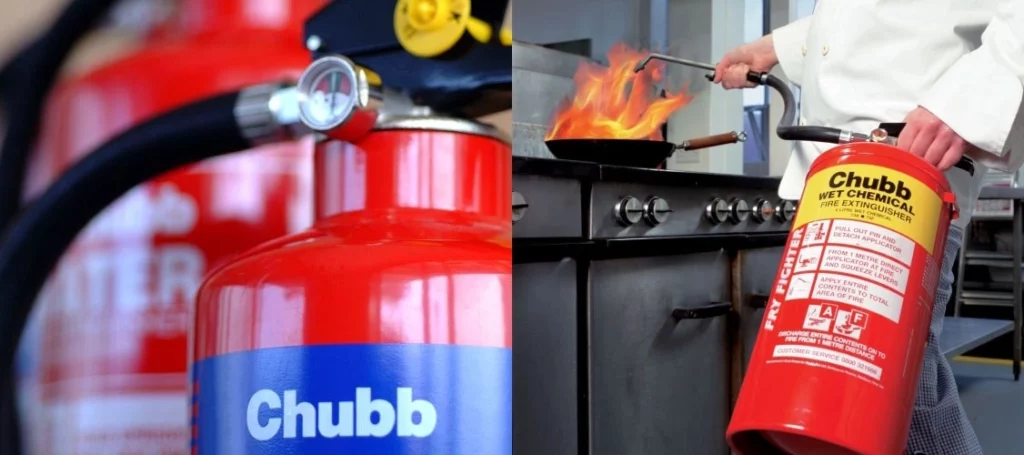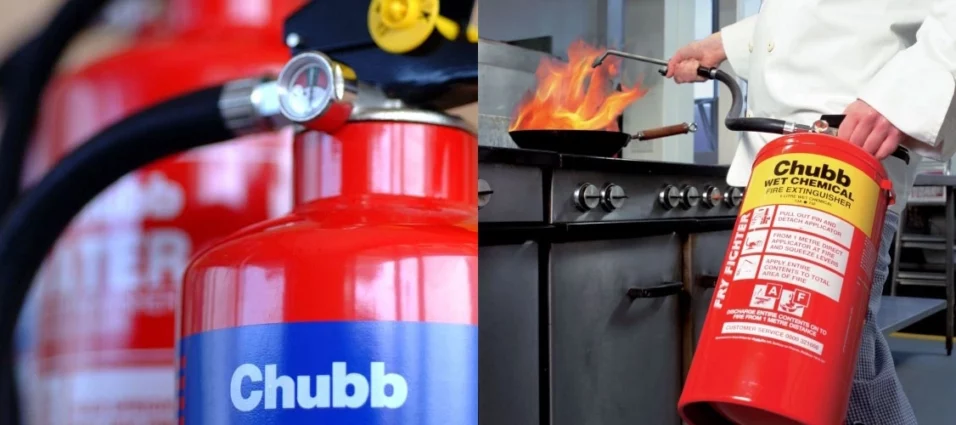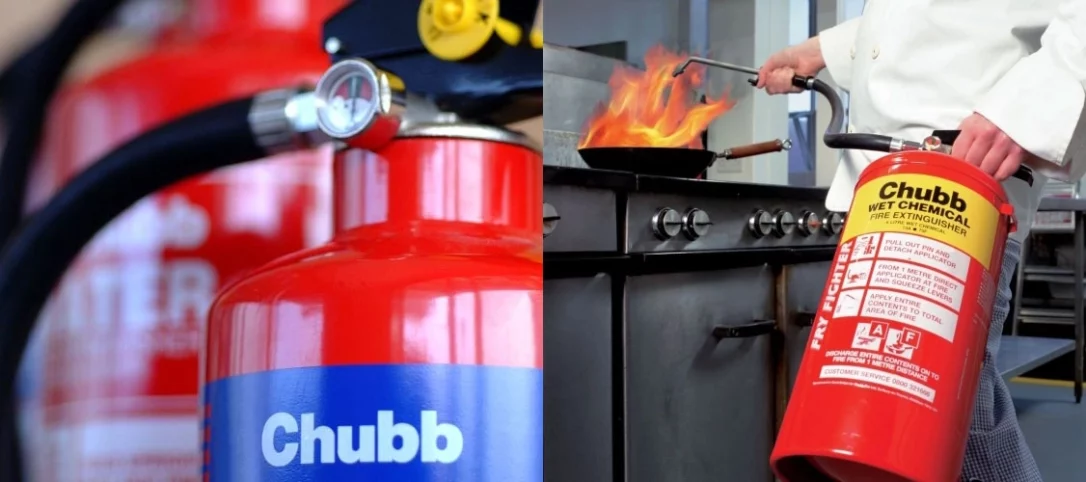Guy Middleton at Chubb explains why regular maintenance of fire extinguishers is an essential part of any fire safety strategy and shares his best practice advice on fire prevention. Portable fire extinguishers play a vital role in preventing a fire from becoming a major conflagration. Indeed, the guidance notes of the
Regulatory Reform (Fire Safety) Order (FSO) references this very point, stating how the safe use of an appropriate fire extinguisher to control a fire in its early stages significantly reduces the risk to people and property. In fact, according to the Fire Industry Association (FIA), almost 90% of workplace fires are successfully fought with a fire extinguisher. Fire extinguishers are an essential part of any fire safety strategy. Understanding the law, recognising specific risks, and identifying products that are genuinely ‘fit for purpose’ are similarly key. But it is also important to stay flexible; fire extinguishers are not a panacea. It is better by far that the risk is identified and removed before trouble occurs. A small fire fought with a fire extinguisher should be a trigger for the responsible person to review their fire risk assessment. The FSO recommends that all premises are provided with ‘appropriate and sufficient’ fire-fighting equipment – typically, fire extinguishers, blankets and buckets. CE marking or the new UKCA marking is the minimum requirement for most products. A certified body should also have given assurance of fire-fighting performance e.g. BSI Kitemark. The best way for an organisation to demonstrate it is compliant is to source products from a competent fire equipment supplier, such as Chubb, and to survey and install in accordance with the relevant British Standard BS 5306-8. Having documented proof that a competent survey, design and installation has been completed is essential. Fire extinguishers should be positioned on escape routes; close to the exit from the room or floor, the final exit from the building or, if necessary, adjacent to the hazard. Dedicated stands should be used or the extinguisher hung on a wall to fix their position. Ideally, no one should have to travel more than 30 metres to reach a general fire extinguisher, much less for equipment providing specific protection. The type and position of all fire-fighting equipment should be indicated by signs so that they can be quickly and easily located in an emergency. Depending on local conditions, such as the likelihood of vandalism or the environment where extinguishers are located, more robust stowage may be required. Having the appropriate, approved extinguishers correctly sited and installed to meet the fire risks and to comply with BS 5306-8 is only half of the equation. The equipment needs to be commissioned and properly maintained thereafter, usually every 12 months, in compliance with BS 5306-3 by a competent supplier providing competent service engineers. Third Party Accreditation schemes, such as the BAFE SP101 scheme held by Chubb, gives that assurance to you. Anything less and you risk equipment failing to operate or becoming dangerous to use. Between inspections by a competent service engineer, the employer should appoint an individual to regularly check that the fire extinguishers are in the placed in the correct position, untampered and ready if needed. The employer also needs to provide training on how to choose the right extinguishers and when to use them. If your fire strategy allocates specific responsibility to certain people, such as fire marshals, then they will need to undertake comprehensive training. Chubb provides employee and
Fire Marshall training amongst its suite of courses.
As part of any
fire safety strategy, it’s important to consider that employees know where fire extinguishers are located and crucially, how to use them. Fire safety training, such as the one offered by Chubb, should include best practice advice on when to tackle a fire and ensuring escape routes are cited. If a fire broke out, would you and your colleagues know which type of extinguisher to use? The infographic illustrates the different types of fire risks and which type and colour of fire extinguisher you should use.
Of course, eventually every fire extinguisher reaches the end of its useful working life. As a business, you have a legal duty of care to dispose of waste legitimately and safely via a licensed waste carrier. At Chubb, we offer a safe and legitimate service for collection and disposal of condemned extinguishers. Chubb’s Extinguisher Recycling Unit (ERU) is a dedicated facility offering a service for the safe processing and disposal of fire extinguishers across the UK; giving you total peace of mind that your extinguisher is being disposed of in an environmentally conscious and socially responsible manner. We have worked closely with the Environment Agency to develop safe, efficient and environmentally friendly processes, ensuring that our site maintains its ISO14001 certification. One hundred percent of extinguishers entering our ERU are reused or recycled. If you would like more information about fire safety equipment and solutions, please call Chubb on 0800 32 1666.







